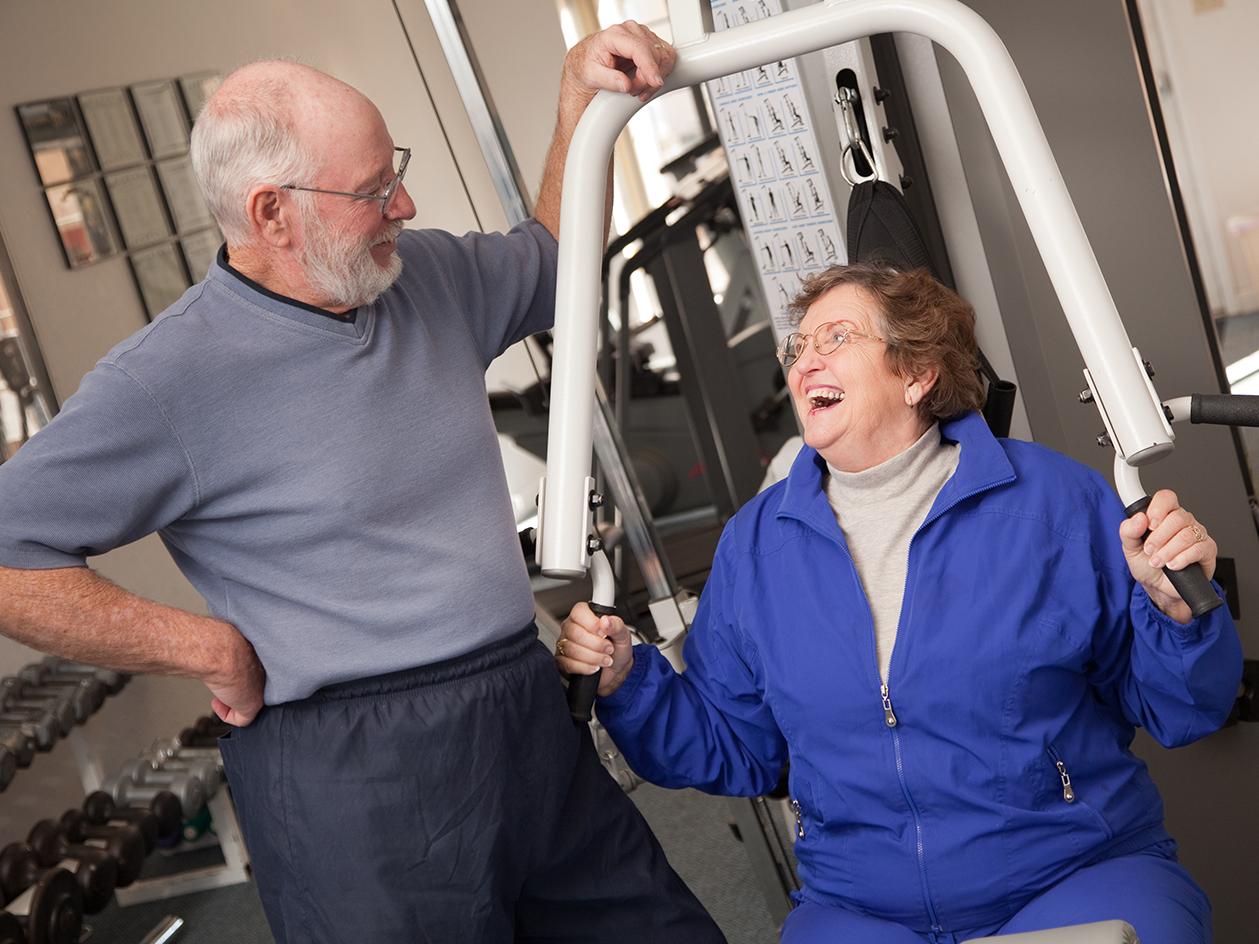A new report published by ukactive highlights how the fitness and leisure sector can incentivise older adults to exercise.

In the most comprehensive consultation on the fitness and leisure sector for the over-55s to date, more than 100 adults aged 55 to 90 took part in focus groups and gave their verdict on current practice.
The Life In Our Years report, carried out by the ukactive Research Institute in partnership with EGYM, is designed to help reverse the trend of older adults being underrepresented in gyms, leisure centres and pools.
Covid-19 has widened health inequalities and been particularly damaging for vulnerable groups, including older adults. It has also exacerbated the pressures on the NHS and social care in the UK, meaning that more than ever, fitness and leisure facilities have an essential role to play in reducing the burden on health systems.
Despite the known benefits of regular exercise, only 54 per cent of adults over the age of 55 complete the recommended 150 minutes of moderate intensity physical activity per week. Just over a third (34 per cent) complete less than 30 minutes per week and are therefore classified as inactive.
By investigating the sector’s current offer alongside older adults’ perception of these services, the ukactive Research Institute was able to build insights to help the sector encourage more older adults to take part in physical activity.
The main themes to emerge were: accessibility, atmosphere, the importance of social interaction, workforce engagement, promotion, the categorisation of programmes and class offerings, and long-term physical health support following the pandemic.
Based on the themes, ukactive has produced nine recommendations for operators to improve participation levels among older adults and to play an increased role in improving the health and wellbeing of the older population.